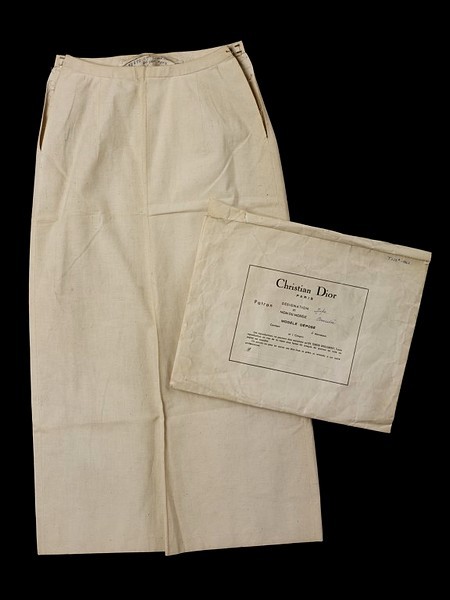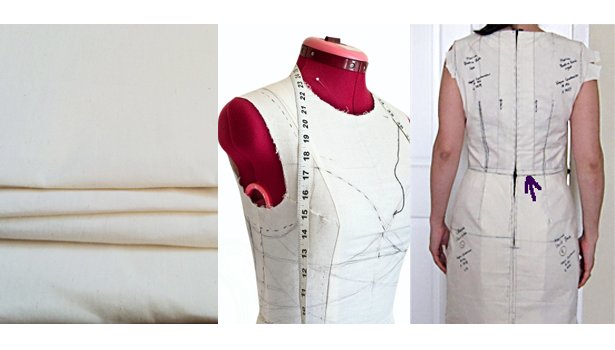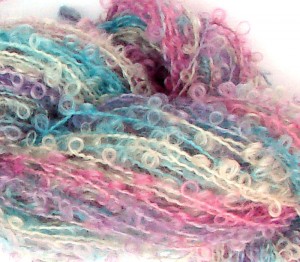Fabric Printing
Most fabrics are coloured by either DYEING or PRINTING
Rotary printing
The method most used in the mass-production of
printed textiles, over 70% of all fabrics are printed by rotary printing.
The dye is applied to the fabric from within a
roller. The rollers are made of a mesh with areas where the print is not wanted
is blocked off by a photo-negative process. A series of rollers transfer the
colour as the fabric passes underneath. Each roller has one photo-negative
design, corresponding to one colour, with a particular part of the design eg. If a design is made up of 12
colours, 12 rollers will sit next to each other on the printing table, as the
moving fabric passes along, the rollers continually turn and pass each dye
colour onto the fabric, building up the colours as the fabric passes
underneath. The dye is pushed through by a squeegee.
- Very quick & efficient, sometimes called continuous printing
- The costs are in the making of the rollers, once these are complete, complex designs can be produced very quickly in a number of colours
- Thousands of meters of fabric can be printed each day – rotary printing is the quickest printing method by far
Flat Screen Printing
Is made with metal ‘screens’
covered by a polyester mesh fabric. Individual screens have areas which are
‘blocked off’ by a UV photo-negative process, ink is placed onto one edge of
the screen, and a squeegee is pulled across the mesh screen, forcing the ink through the
mesh, onto the surface of the fabric. Each screen has one design
and can apply only one colour. The screens stay stationary, while the fabric
moves along the conveyor bed. Fabric is usually heat set in between
applications of colour.
- Is a slower process than rotary printing, as the fabric has to stop moving to allow each colour to be applied
- There is a limit to the number of colours that can be printed
- The process can be done by hand or machine








